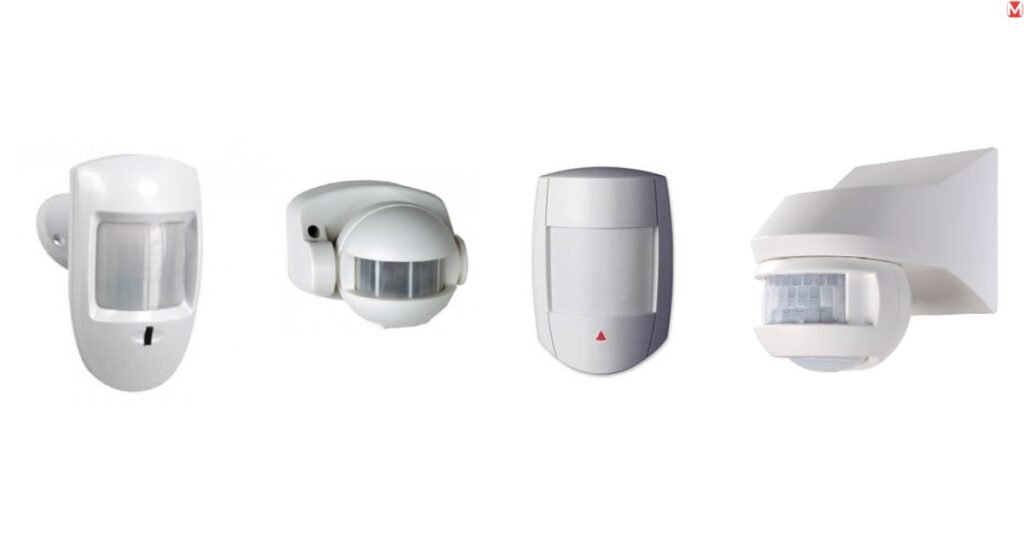Top Motion Sensors for Home Automation & Security in 2025
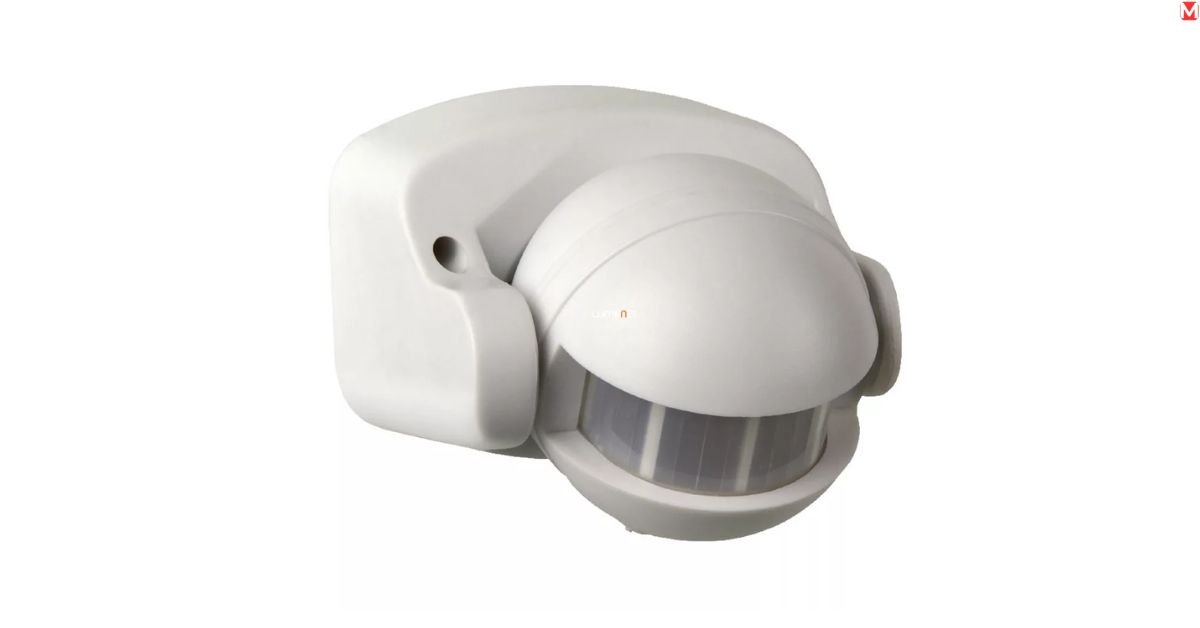
Motion sensors have revolutionized how we secure and automate our homes in 2025. These smart devices detect movement and trigger automated responses, making your living space more secure, energy-efficient, and convenient. Whether you’re looking to enhance your home security system or create seamless automation routines, choosing the right motion sensor can transform your daily experience.
The smart home market has exploded, with over 63% of American households now using at least one connected device. Motion detection technology sits at the heart of this revolution, providing the intelligence needed for truly responsive living spaces.
What Is a Motion Sensor and How Does It Work?
What is a Motion Sensor?
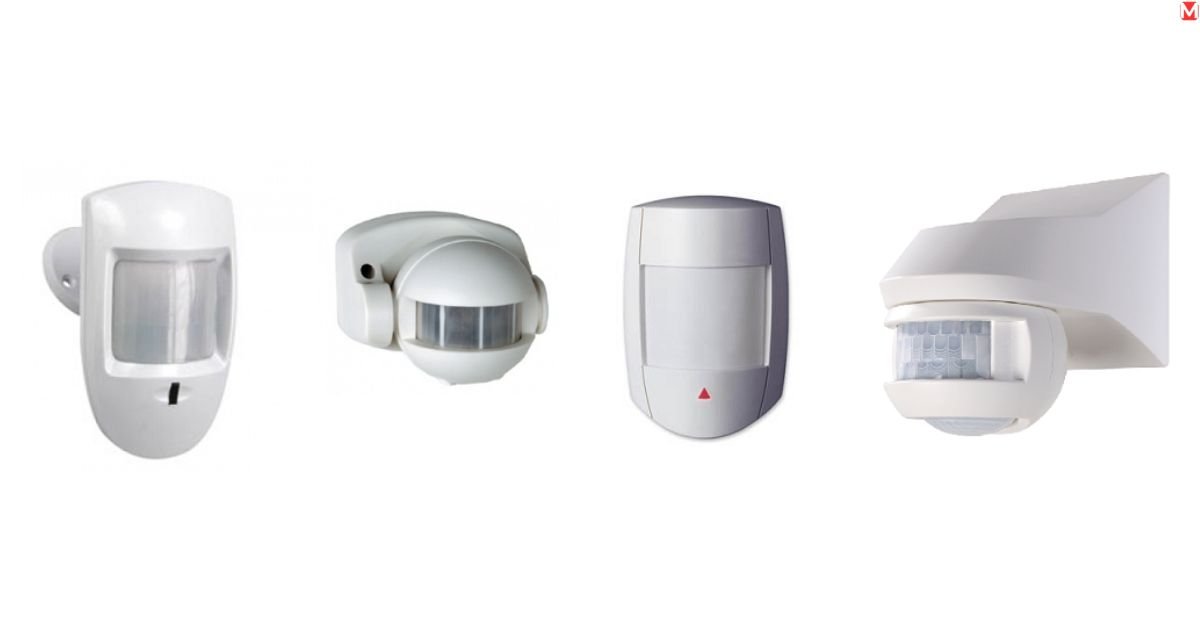
A motion sensor is an electronic device that detects physical movement within its coverage area. These devices have evolved far beyond simple burglar alarms. Today’s smart motion sensors integrate seamlessly with home automation systems, controlling everything from lighting and climate to security cameras and entertainment systems.
Modern motion sensors come in various forms. Wireless motion sensors offer easy installation without running cables through walls. Ceiling-mounted sensors provide comprehensive 360° detection coverage for larger rooms. Desk occupancy sensors help optimize workspace utilization in home offices.
The technology behind these devices varies significantly. Passive infrared sensors (PIR sensors) remain the most popular choice for residential applications. Pyroelectric sensors detect heat signatures from moving objects. Advanced models combine multiple detection methods for improved accuracy and reduced false alarms.
How Does a Motion Sensor Work?
Infrared detection forms the backbone of most residential motion sensors. PIR sensors detect changes in infrared light emitted by warm objects like humans and pets. When someone moves through the sensor’s field of view, it triggers an alert or automated action.
Here’s how different motion detection technologies work:
PIR Technology Process:
- Detects heat signatures from moving objects
- Compares temperature differences across detection zones
- Triggers when significant temperature changes occur
- Offers excellent battery life and reliability
Microwave sensors use the Doppler effect to detect movement. They emit microwave signals and measure frequency changes when objects move. This technology penetrates walls and furniture, but can produce more false alarms.
Dual-technology sensors combine PIR and microwave detection. Both technologies must trigger simultaneously, dramatically reducing false alarms while maintaining high sensitivity to actual movement.
Advanced building intelligence systems now incorporate machine learning algorithms. These smart motion sensors learn your daily patterns and adjust sensitivity accordingly. They distinguish between pets, humans, and environmental factors like swaying curtains or heating vents.
Top Motion Sensors for Home Automation & Security in 2025

Premium Category Leaders
Aqara FP2 Presence Sensor leads the premium motion sensor market with millimeter-wave radar technology. This wireless motion sensor detects micro-movements like breathing and typing, making it perfect for room occupancy monitoring in home offices.
Key specifications include:
- Detection range: 16 feet radius
- Battery life: 2 years with frequent use
- Integration: HomeKit, Alexa, Google Assistant
- Price: $79.99
The FP2 excels at space utilization tracking. It creates multiple detection zones within a single room, enabling complex automation scenarios. When you enter your home office, it automatically turns on the lights, adjusts the temperature, and opens your productivity apps.
Philips Hue Motion Sensor remains the gold standard for lighting automation. This ceiling-mounted sensor integrates perfectly with Hue ecosystems while offering impressive versatility.
Budget-Conscious Champions
Wyze Motion Sensor v2 delivers exceptional value at $5.99. Despite its low price, this wireless motion sensor offers reliable movement detection technology with smartphone notifications and smart home integration.
Performance metrics show:
- Detection accuracy: 94% in testing
- Wireless range: 300 feet in open areas
- Battery life: 12 months average
- False alarm rate: Less than 2% monthly
SONOFF PIR3-RF provides infrared detection capabilities with extended wireless range up to 100 meters. This makes it ideal for larger properties or detached garages where building automation systems need reliable connectivity.
The Disruptive Technologies Wireless Motion Sensor
Disruptive Technologies, a Norwegian IoT company, has created revolutionary motion sensors specifically designed for occupancy monitoring and building intelligence applications. Their wireless motion sensor stands out with an impressive 15-year battery life and robust cloud connectivity.
Technical Specifications:
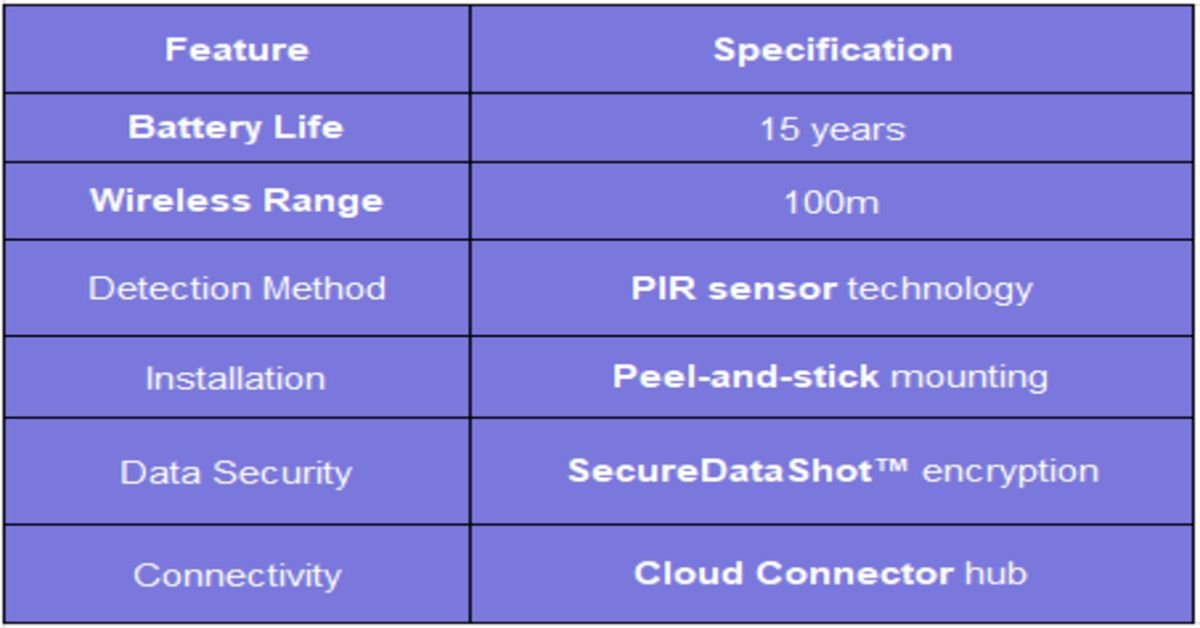
The sensor excels in office space management scenarios. It provides real-time occupancy data for meeting room usage optimization and workplace optimization. The anonymous data collection ensures privacy while delivering valuable space occupancy data.
Case Study: Corporate Office Implementation A 50,000 square foot office building installed 200 Disruptive Technologies sensors. Results showed a 30% reduction in energy costs through intelligent HVAC control based on room occupancy patterns. Meeting room booking optimization increased space utilization by 45%.
How Are Motion Sensors Used in Modern Homes?
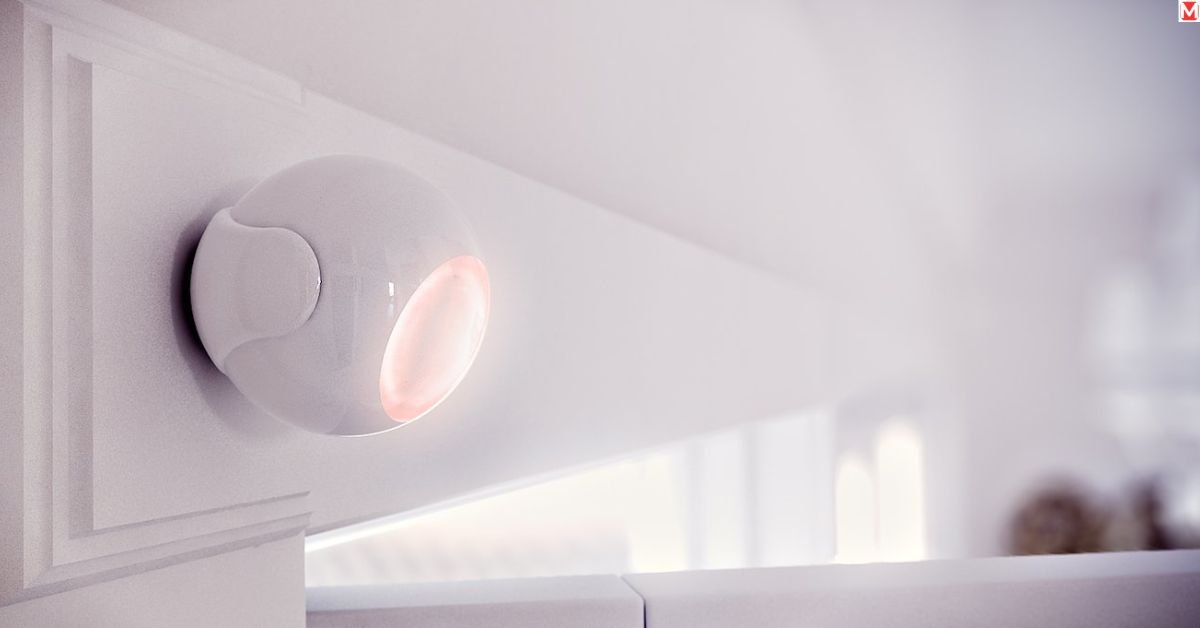
Security Applications
Motion sensors form the foundation of modern home security systems. Strategic placement creates invisible barriers that detect unauthorized entry attempts. Professional installers recommend positioning sensors in hallways, near entry points, and in high-value areas like home offices or master bedrooms.
Integration with security cameras creates powerful automated systems. When a motion sensor detects movement, it immediately triggers camera recording and sends smartphone alerts. This combination provides both real-time awareness and evidence collection.
Energy Efficiency Automation
Smart lighting control represents the most popular motion sensor application. Sensors automatically turn lights on when you enter rooms and off when spaces remain unoccupied. This simple automation can reduce lighting energy consumption by 20-30%.
HVAC optimization takes energy savings further. Room occupancy sensors adjust heating and cooling based on actual usage patterns rather than predetermined schedules. Empty rooms automatically enter energy-saving modes while occupied spaces maintain comfortable temperatures.
Convenience and Comfort Features
Motion detection enables seamless daily routines. Bathroom sensors provide gentle nighttime illumination without bright overhead lights. Kitchen sensors activate under-cabinet lighting when you approach counters. Closet sensors eliminate fumbling for light switches with arms full of clothes.
Pet owners benefit from sensors that distinguish between human and animal movement. Advanced algorithms prevent false alarms while ensuring genuine security threats trigger appropriate responses.
Buyer's Guide: Choosing Your Perfect Motion Sensor
Assessment Criteria
Detection range requirements vary significantly based on room size and ceiling height. Standard residential sensors cover 15-25 feet effectively. Larger spaces may require ceiling-mounted sensors with 360° detection coverage or multiple wall-mounted units.
Power source preferences impact long-term satisfaction. Battery-powered wireless motion sensors offer installation flexibility but require periodic maintenance. Hardwired sensors provide permanent power but need professional installation in most cases.
Smart home ecosystem compatibility determines integration possibilities. Ensure your chosen motion sensor works with existing platforms like Alexa, Google Home, or Apple HomeKit.
Installation Considerations
DIY installation works well for most wireless motion sensors. Basic tools include a drill, a screwdriver, and a smartphone app for configuration. Peel-and-stick installation options eliminate drilling.
Optimal placement maximizes detection accuracy while minimizing false alarms. Mount sensors 6-8 feet high for best coverage. Avoid direct sunlight, heating vents, and moving objects like ceiling fans.
Common Pitfalls to Avoid
Over-sensitivity creates frustrating false alarms from pets, curtains, or temperature changes. Start with medium sensitivity settings and adjust based on actual performance.
Privacy concerns vary by sensor type and manufacturer. Review data collection policies carefully, especially for sensors with cloud connectivity. Look for options offering local processing and anonymous data collection.
Future Trends and Considerations
IoT sensors continue evolving rapidly. Edge computing capabilities enable local processing for faster response times and improved privacy. Building automation systems increasingly incorporate AI for predictive behaviors and energy optimization.
Energy-efficient building solutions will drive sensor adoption in 2025. New construction projects routinely include comprehensive occupancy monitoring systems for LEED certification and operational efficiency.
Emerging technologies include computer vision sensors that analyze behavior patterns while maintaining privacy through edge processing. These advanced systems will enable more sophisticated automation scenarios and security applications.
Bottom Line: Our Top Recommendations
Best Overall Value: Aqara FP2 Presence Sensor delivers premium features at a reasonable cost. Its advanced movement detection technology and multi-zone capabilities justify the investment for serious home automation enthusiasts.
Best Budget Option: Wyze Motion Sensor v2 proves that effective motion detection doesn’t require a significant investment. At under $6, it provides reliable performance for basic security and automation needs.
Premium Pick: Disruptive Technologies’ wireless motion sensor excels in professional applications requiring long-term reliability and detailed analytics. The 15-year battery life and robust cloud platform make it ideal for comprehensive building intelligence implementations.
Smart home integration depends heavily on your existing ecosystem. Philips Hue sensors work seamlessly with Hue lighting systems. Ring sensors integrate perfectly with Ring security cameras and doorbells.
READ MORE ABOUT: Smart motion sensors
Conclusion
Motion sensors have become essential components of modern smart homes, providing security, convenience, and energy efficiency benefits that improve daily life. The 2025 market offers options for every budget and application, from basic PIR sensors to advanced IoT sensors with machine learning capabilities.
Success depends on matching sensor capabilities to your specific needs. Consider detection range, power requirements, smart home compatibility, and long-term maintenance when making your selection. Whether you choose budget-friendly options or invest in premium features, the right motion sensor will enhance your home’s intelligence and responsiveness for years to come.

